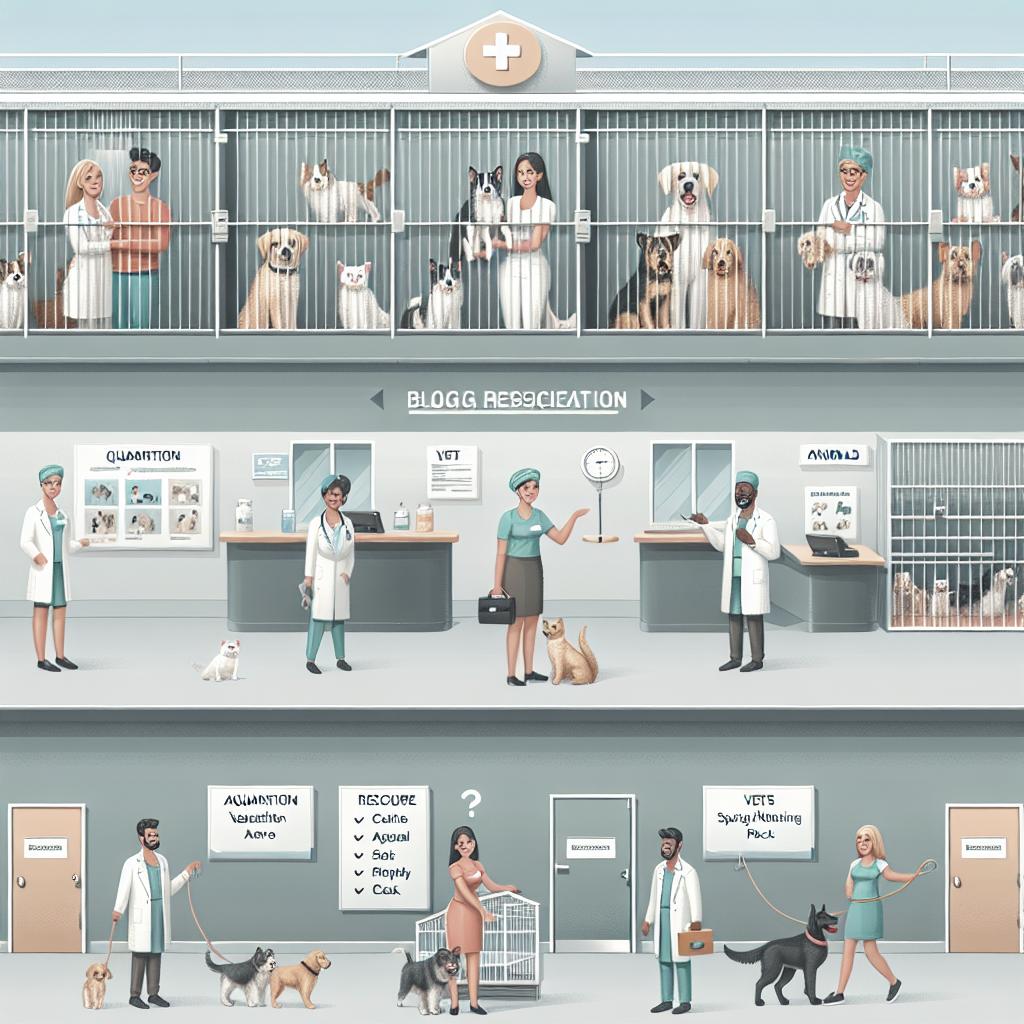<>
“`
The 11 Requirements to Adopt a Dog From a Shelter
Adopting a dog from a shelter is a rewarding experience that brings joy to both the new pet parent and the adopted dog. However, it’s crucial to meet specific requirements to ensure a suitable match and a positive adoption outcome. This comprehensive guide explores 11 essential steps to adopt a dog from a shelter, highlighting the importance of readiness and preparedness. We will delve into each requirement, from minimum age and identification to follow-up visits, ensuring you are well-informed about the adoption process.
1. Minimum Age Requirement
Adopting a pet is a significant responsibility that entails time, effort, and resources. Most shelters have a minimum age requirement to ensure that adoptees are mature enough to understand and commit to this responsibility. The standard minimum age is typically 18 years old, although this may vary depending on the shelter’s policies and local regulations.
Younger individuals looking to adopt a dog might need a co-signer, such as a parent or guardian, to assume legal responsibilities. This approach ensures the pet’s welfare and guarantees the adopter’s capacity to provide a stable home environment.
2. Identification
Valid identification is necessary for any adoption process. It establishes the adopter’s identity and helps shelters keep accurate records of adopted animals. A government-issued ID, such as a driver’s license or passport, is usually required.
In addition to identification, proof of address may also be demanded, such as a utility bill or rental agreement, ensuring that the adopter has a stable living situation conducive to raising a pet.
3. Proof of Residence
Proof of residence is crucial as it provides insight into the kind of environment the adopted dog will be living in. Shelters want to ensure that adopters reside in a pet-friendly setting and that their housing situation permits the ownership of pets.
This is particularly important for renters, as landlords often have specific rules regarding pets. Some shelters may even contact landlords to confirm that dogs are allowed, preventing future housing complications for the adopter.
4. Adoption Application
An adoption application form is a standard requirement in the adoption process. This form collects information about the potential adopter, including their experience with pets, daily routines, and other relevant details.
The application helps shelter staff assess whether the adopter is a good match for the dog. It may also include questions about the adopter’s lifestyle, activity level, and other pets at home, ensuring a harmonious fit for all parties involved.
5. Adoption Fee
Adopting a dog typically involves an adoption fee, which helps cover the shelter’s expenses for caring for the animals. These fees can vary widely depending on the shelter and the dog’s age, breed, and health status.
The adoption fee often includes vaccinations, spaying/neutering, and a medical check-up, providing the new pet parent with some peace of mind about their dog’s health. It’s a small price to pay for the companionship and joy a new furry friend brings.
6. Meet and Greet
A meet and greet is a pivotal step in the adoption process. This meeting allows potential adopters to interact with the dog, assess its temperament, and gauge the chemistry between them. Shelters may facilitate multiple meetings to ensure a good match.
This helps ensure that both the adopter and the dog are comfortable with each other. Additionally, it allows the adopter to notice any behavioral traits that may need addressing and decide if they’re prepared to handle them.
7. Home Visit
Many shelters require a home visit before finalizing the adoption. This visit allows shelter staff to evaluate the living conditions and ensure they’re suitable for the dog’s needs.
Home visits help ensure the safety and well-being of the dog by checking for potential hazards or risks in the adopter’s home. It also offers an opportunity for shelter staff to provide personalized advice on pet-proofing the home.
8. Pet Policy Agreement
Shelters often require adopters to sign a pet policy agreement. This document outlines the adopter’s responsibilities, including providing proper care, nutrition, medical attention, and exercise for the pet.
The agreement may also include clauses about not using the pet for breeding and agreeing to return the dog to the shelter if the adopter can no longer care for it. This contract ensures the pet’s ongoing welfare and protects the shelter’s interests.
9. References
Some shelters ask for references as part of their adoption process. References can include friends, family, or even veterinarians who can attest to the adopter’s capability and readiness to take on pet ownership.
These references provide assurance to the shelter that the adopter has a support system and a commendable track record in caring for animals. It’s an added layer of security to ensure the dog is going to a reliable and responsible home.
10. Education
Education on pet care is often a requirement to adopt a dog from a shelter. Shelters may provide informational materials or require adopters to attend workshops or courses on dog care, training, and behavior.
This education ensures that adopters are adequately prepared for the responsibilities of pet ownership. It builds a strong foundation of knowledge, which is crucial for the well-being and positive adjustment of the adopted dog.
11. Follow-Up Visits
Follow-up visits are part of the commitment to the adoption process. These visits allow shelter staff to check on the dog’s well-being and observe how well it has adjusted to its new home.
Follow-up visits also provide an opportunity for the adopter to ask questions and seek guidance on any challenges they might face during the initial stages of the transition period. This continued support can be invaluable in ensuring a successful adoption.
Things to Consider Before Adopting a Dog
Adopting a dog is a major life change that requires careful consideration. Potential adopters should evaluate their lifestyle, financial status, and long-term commitment. Dogs need time, attention, exercise, and consistent care, so it’s crucial to ensure you are ready for this responsibility.
Consider your living arrangements and whether your home is suitable for a dog. Think about if you have enough space, whether pets are allowed in your rental agreement, and whether your lifestyle can accommodate a pet’s needs. It’s essential to prepare for the long-term, as dogs can live for many years.
In Summary
Adopting a dog from a shelter is a fulfilling journey filled with responsibilities and requirements designed to ensure the pet’s and adopter’s well-being. By understanding and preparing for these 11 steps, potential adopters can pave the way for a successful and joyful adoption experience. From age and identity verification to home visits and education, each step is integral to creating a positive environment for both the pet and its new family.
Contents
| Requirement | Description |
|---|---|
| Minimum Age Requirement | Ensures adopters are mature enough for pet ownership, usually 18 years old. |
| Identification | Government-issued ID and proof of address to confirm identity and stable living situation. |
| Proof of Residence | Assures that the adopter’s housing permits pet ownership. |
| Adoption Application | Collects information about the adopter’s lifestyle and pet-care experience. |
| Adoption Fee | Helps cover the shelter’s expenses for the animal’s care, often including medical services. |
| Meet and Greet | Allows interaction between the adopter and dog to assess compatibility. |
| Home Visit | Evaluates the adopter’s living conditions for pet suitability and safety. |
| Pet Policy Agreement | Outlines the adopter’s responsibilities and agreements regarding the pet’s welfare. |
| References | Provides assurance of the adopter’s capability through testimonials from friends or vets. |
| Education | Prepares adopters with necessary knowledge through informational materials or workshops. |
| Follow-Up Visits | Ensures the dog’s well-being and a smooth transition by maintaining check-ins after the adoption. |
“` This blog post provides detailed, practical information tailored for individuals interested in adopting a dog from a shelter, ensuring they are well-prepared for the responsibilities of pet ownership.


